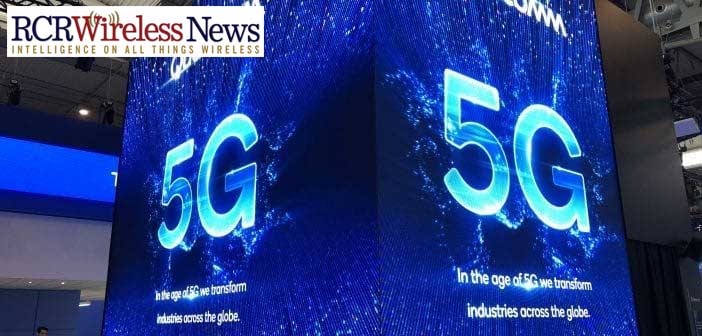12
Sep
FTC vs. Qualcomm – Support pours in for Qualcomm from all sides in its appeals process

Qualcomm got a reprieve when the United States Court of Appeals for the Ninth Circuit stayed the decision of United States District Court for the Northern District of California’s (DC) in its antitrust case. Immediately after the stay, Qualcomm filed its opening brief (175 pages long), which was followed by a flurry of supporting Amicus Briefs (each more than 40 pages) from different companies, U.S. government, a retired circuit court judge, and groups of experts. While all of them criticize DC’s ruling, two of them choose to be neutral; all others were strongly in favor of Qualcomm.
<<Side note: If you would like to know more about Ninth Circuit court ruling, and the complete FTC vs. Qualcomm saga, check out this article series.>>
Principal arguments
The briefs supporting Qualcomm strongly condemn DC’s ruling. Their arguments can be summed up into three major themes:
-
DC either misunderstood or misapplied the US antitrust laws, as well as the precedence. The proponents claim that Qualcomm’s licensing approach, “No license No chips” policy or alleged “higher licensing prices” don’t violate Sherman Act. Also, Qualcomm’s decision to only license to device OEMs is not against the Fair and Reasonable and Anti-Discriminatory (FRAND) principles of Standards Developments Organizations (SDOs). Additionally, they claim the FTC or court did not show apparent consumer harm.
-
The remedies imposed by DC are very broad and far-reaching. The ruling applies to every aspect of Qualcomm’s licensing business including all of its global contracts; in many cases, those are even outside the purview of FTC or the DC. For example, contracts with Chinese OEMs for devices to be sold only in China are beyond FTC’s authority.
-
The ruling creates widespread disruption to the decades-old licensing regimen that has proven to encourage innovation, be efficient, and easy to implement. If licensing based on Smallest Saleable Patent Practice Unit (SSPPU) becomes mandatory, that will put almost every existing licensing deal that doesn’t use SSPPU, up for renegotiation. The proponents claim that because many patents span multiple functional units, DC’s ruling will create an unfathomable mess of who to license who, at what rate, and how.
